
Kevin Slimp
Kevin Slimp is director of the Institute of Newspaper Technology.
Email questions to him at
kevin@kevinslimp.com
During a keynote speech at the Kansas Press Association convention in February, I presented the results of my latest annual survey of newspaper publishers in the United States and Canada for the first time. With roughly 15 percent of publishers in those two countries participating in the survey, it’s a good bet that the results are representative of the industry as a whole.
In a previous column, the first in a series concerning survey findings, we discussed some of the differences between healthy newspapers and newspapers with diminishing health during the past three years. Today, I’m going to take a look at the differences in how daily and weekly newspaper publishers view the benefits of their digital efforts.
After visiting thousands of newspapers during my career, and speaking to thousands more at conferences, there’s not much that catches me off guard about our industry these days. But I was a little surprised by the vast differences between the way daily and weekly newspaper publishers view the benefits of their digital efforts.
In response to Question 10 of the survey, “How do you feel about the following statement: “Our business would do just as well or better without a print version,” both daily and non-daily publishers agreed that they wouldn’t survive without a print version.
Differences arose, though, in response to Question 11, “How do you feel about the following statement: “Our business would do just as well or better without a digital version.”
A whopping 59 percent of daily publishers responded, “That’s ridiculous. We would be in worse shape without a digital/online edition.”
But 68 percent of responding weekly publishers said it either “is” or “might be” true that their paper would do just as well without a digital version. When you add in the number of folks who responded “other,” then wrote that they didn’t have a digital presence, you have well more than 70 percent of responding weekly publishers wondering whether there is any advantage to having a digital edition of their newspapers.
The differences of opinion between publishers of “healthy” newspapers and “unhealthy” newspapers is not as glaring. Fifty-nine percent of responding publishers who rated their paper’s health as “very healthy” or “relatively healthy” indicated that their papers might be better off without a digital version; 54 percent of publishers who rated the health of their papers as “unhealthy” or “near death” felt the same about their digital efforts.
The results are even more striking when publishers were asked about the benefits of social media. Only 22 percent of non-daily (less than four issues per week) newspaper publishers who responded reported seeing any benefit, financial or otherwise, from their social media efforts. Compare that to 60 percent of responding daily newspaper publishers who saw some type of benefit from their social media efforts.
I’m fascinated by the responses to these surveys. As I hear from publishers and others after seeing the results of our past surveys, it’s apparent that folks are often surprised to find their newspapers aren’t so different from others. This is especially true when we look at categories such as newspaper ownership models (a full 50 percent of U.S. and Canadian newspapers are not part of any group, and only 11 percent are part of a large regional or national group) and circulation (average circulation is less than 6,000).
I often hear those at conferences say: “I thought we were different from everyone else.”
There’s some solace, I believe, in realizing that you’re not alone. At the same time, we can gain some benefit from learning what is working at other newspapers similar to our own.

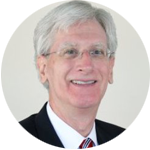
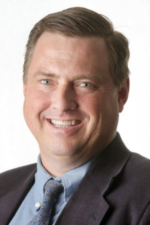
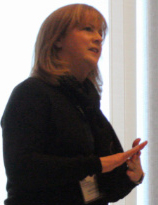
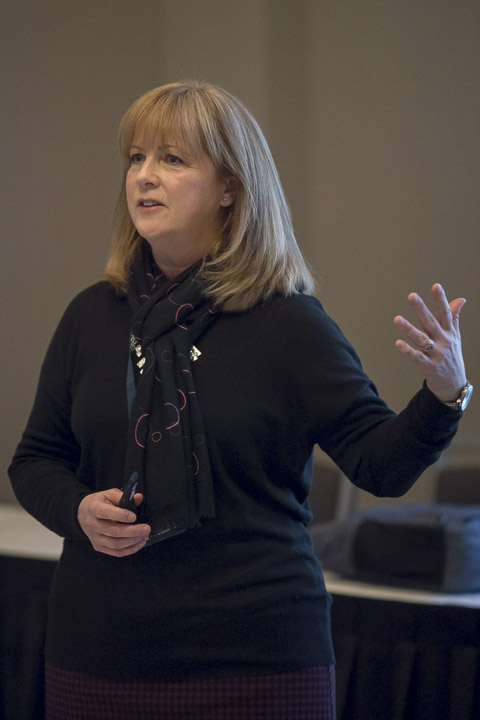
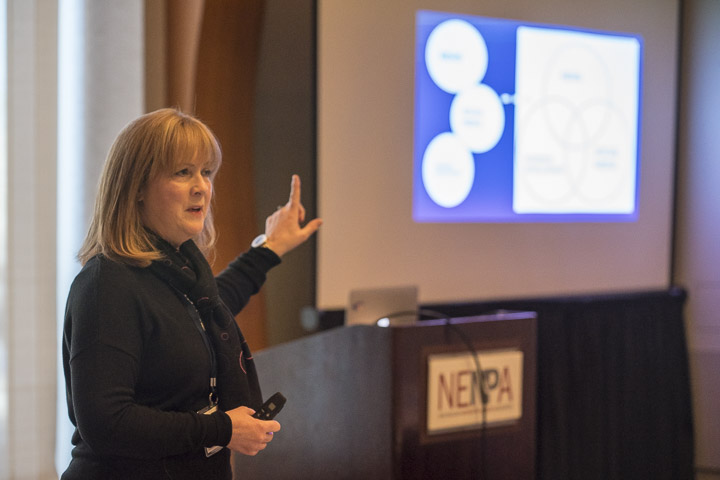
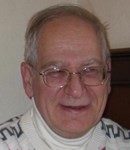 Henry Frankel
Henry Frankel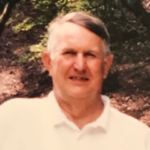 William Alfred Dempster Jr.
William Alfred Dempster Jr. 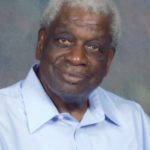 Willie Wright Jr.
Willie Wright Jr.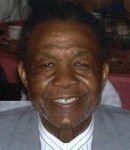 Horace ‘Rambo’ Bacon Jr.
Horace ‘Rambo’ Bacon Jr.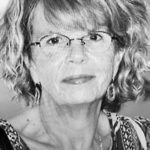 Erna Jane ‘E.J.’ Silke
Erna Jane ‘E.J.’ Silke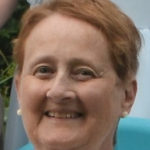 Margaret A. Coulombe
Margaret A. Coulombe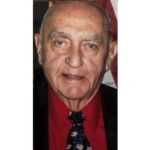 Francis Gros ‘Lou’ Louis
Francis Gros ‘Lou’ Louis







 Sean Corcoran is an award-winning print and radio journalist and the Senior Managing Editor for News at WGBH News in Boston. Corcoran is a graduate of The George Washington University and the Columbia University School of Journalism. For the first nine years of his career, Corcoran worked as a staff writer for various New England newspapers. Corcoran moved to public radio in 2005 at WCAI in Woods Hole, where he reported and produced “Two Cape Cods: Hidden Poverty on the Cape and Islands,” a 20-part investigative series that won the Alfred I. DuPont-Columbia University Award — the highest award in broadcast journalism. His work has been recognized with various national and regional awards, including a 2016 Gabriel Award and a 2017 national Edward R. Murrow Award. Corcoran is the former news director at WCAI, and executive producer of the upcoming podcast, “The Forgetting: Inside the Mind of Alzheimer’s.” Corcoran also was the editor of the 2015 book, “The Long Haul: The Future of New England’s Fisheries.”
Sean Corcoran is an award-winning print and radio journalist and the Senior Managing Editor for News at WGBH News in Boston. Corcoran is a graduate of The George Washington University and the Columbia University School of Journalism. For the first nine years of his career, Corcoran worked as a staff writer for various New England newspapers. Corcoran moved to public radio in 2005 at WCAI in Woods Hole, where he reported and produced “Two Cape Cods: Hidden Poverty on the Cape and Islands,” a 20-part investigative series that won the Alfred I. DuPont-Columbia University Award — the highest award in broadcast journalism. His work has been recognized with various national and regional awards, including a 2016 Gabriel Award and a 2017 national Edward R. Murrow Award. Corcoran is the former news director at WCAI, and executive producer of the upcoming podcast, “The Forgetting: Inside the Mind of Alzheimer’s.” Corcoran also was the editor of the 2015 book, “The Long Haul: The Future of New England’s Fisheries.”
